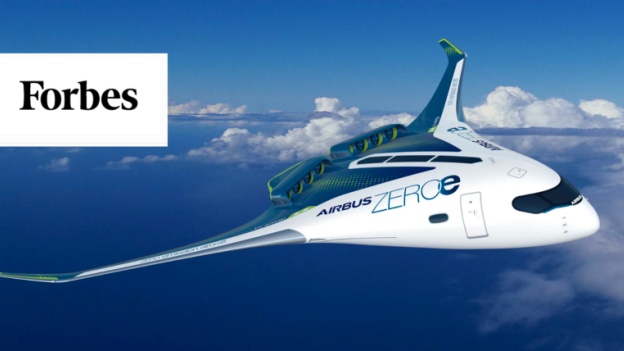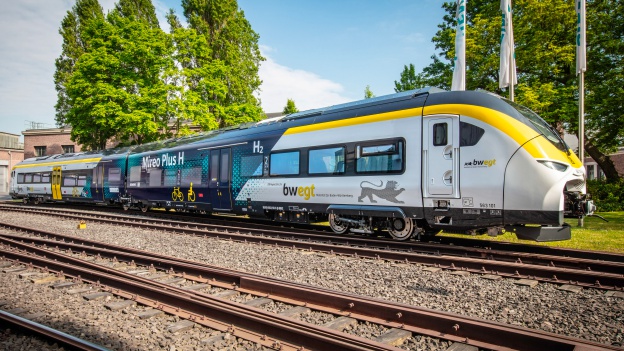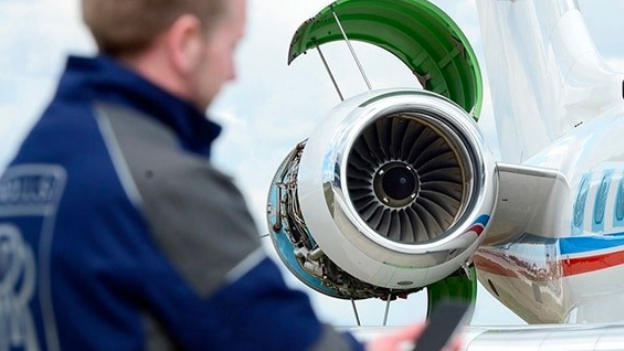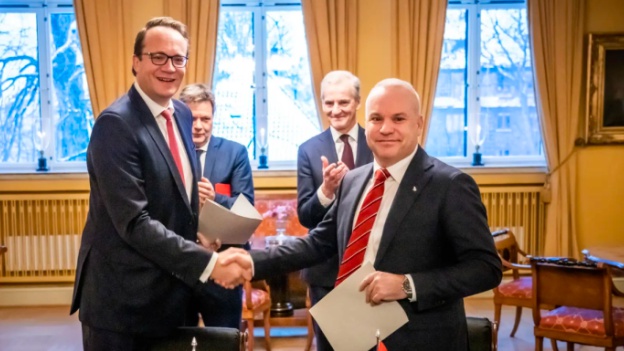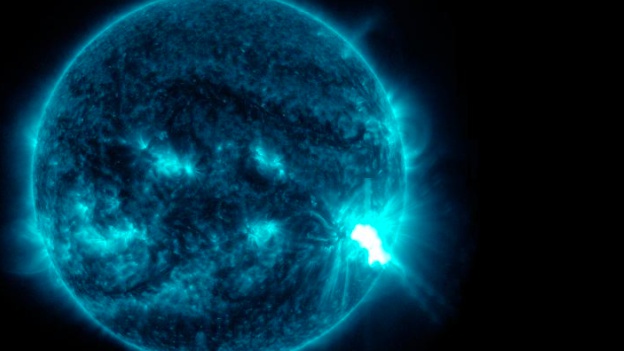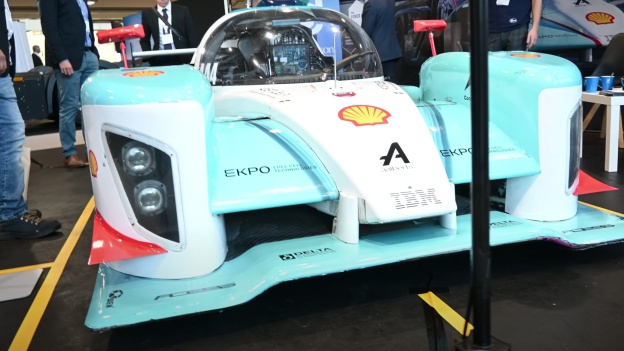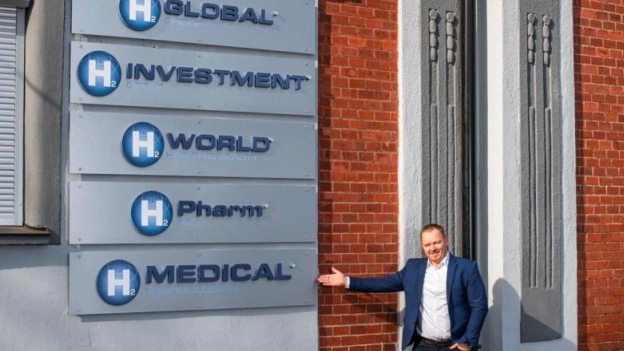Plans to reduce truck emissions have gained support in EU countries after long negotiations. These plans call for emissions from these vehicles to fall by 90% by 2040. Although the law appeared to be well on its way to being adopted, Germany, which played a key role, expressed its objections because of concerns about the impact on its economy.
The main point of the plan is to ban the sale of new cars with petrol and diesel engines from 2035. Similar rules should apply to heavy goods vehicles, which should achieve a 90% reduction in CO2 emissions by 2040. These proposals have already been approved by the European Parliament and EU countries, although final formal approval was due to take place at a meeting of ambassadors.
During the negotiations, disputes within the German government between coalition partners emerged. German objections arose because of concerns about the significant economic impact. German Transport Minister Volker Wissing of the FDP called for more flexibility in the ban to allow room for the development and use of CO-neutral fuels. In the end, however, Germany decided to support the plans, allowing a majority of EU countries to approve the proposed law.
To gain Germany's support, a clause was added to the law to allow for trucks powered by CO-neutral fuels to be taken into account when setting EU targets. This modification will allow countries to include more clean-fuel combustion vehicles in their fleets to help achieve their overall emissions reduction targets.
The law, which calls for a 90% reduction in CO2 emissions from heavy goods vehicles by 2040, must still go through the European Parliament's approval process before it can enter into force. Despite the success of this phase, there are still concerns about whether EU countries will be able to meet the ambitious targets, particularly in terms of the availability and development of CO-neutral fuels.
Climate-neutral e-fuels are produced by synthesising captured CO emissions and so-called green hydrogen. They are currently only available in very small quantities because emission-free hydrogen production is still minimal, as is the capture of CO from the atmosphere.
Photo source: Pexels












